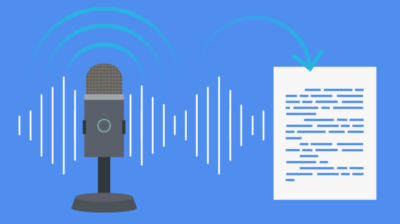Nvidia New Image Generation AI is Only 100KB in Size

Nvidia researchers are causing quite a stir with a newly developed image AI. Perfusion isn’t a multi-million dollar super heavyweight, it’s just 100 kilobytes of code that can be trained in minutes.
Locking is a key feature
Perfusion was developed in cooperation with Nvidia and the University of Tel-Aviv in Israel and has now been presented as part of a joint research paper. Despite its small size, the tool is said to be able to outperform leading AI image generators like Stable Diffusion and MidJourney in terms of efficiency and a few other features.
One of the most important features of the new image AI is called “Key-Locking”. It involves associating new content that a user chooses to add, such as a specific cat or chair, with a more general category during image generation. For example, the cat would be associated with the broader image of “cat”. This is to prevent the so-called overfitting, which makes it difficult for an AI to develop new creative versions of a concept.
Ultimately, this makes it easier for the algorithm to render the given cat in many different poses, appearances, and environments. She keeps her individual characteristics and doesn’t end up looking like just any other cat. This allows individual objects to be represented more flexibly while retaining their core identity.
Needs Practice
Perfusion also allows multiple personalized concepts to be combined into a single image with natural interactions – unlike existing tools that learn concepts in isolation. The user can control the image creation process using text prompts and combine concepts such as a specific cat and a chair.
According to tests, however, the new AI system requires some practice to achieve the optimal compromise between text similarity and image similarity. Focusing too much on reproducing the model will result in the model producing the same output over and over again. On the other hand, getting it to stick too closely to the prompt without allowing liberties usually results in poor results.
Digital marketing enthusiast and industry professional in Digital technologies, Technology News, Mobile phones, software, gadgets with vast experience in the tech industry, I have a keen interest in technology, News breaking.









